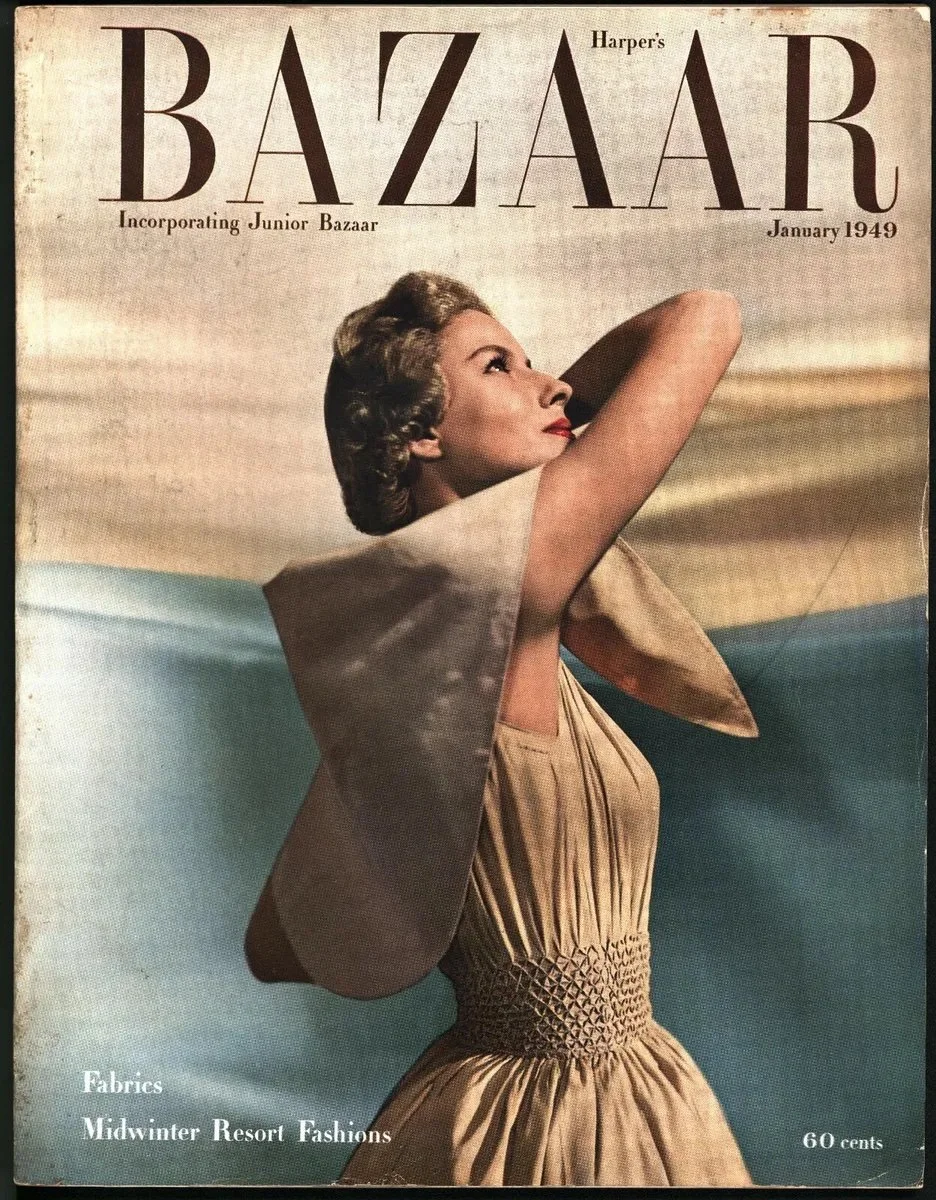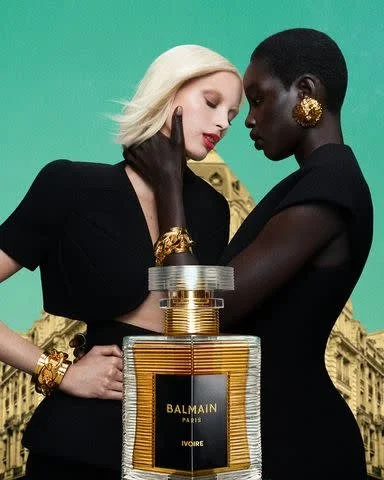The Female Gaze
In the 80’s, grinning amazonian supermodels jumped off the magazine pages. Photographers such as Hans Feurer made girls run on beaches, and Arthur Elgort made them leap. For Bruce Weber, their skin shimmered from action and oiled for swimming pools. They had a bold way of seeing women. Full of youthful vitality. They formed part of a members only club of athletic supers.
In the words of fashion’s Queen, Diana Vreeland, “the eyes have to travel”. These female photographers not only made images that makes one travel, but made one linger.
Sarah Moon. Deborah Durbeville. Sheila Metzner. They created a world we wanted to be part of. A moment becomes so tender, you want to hold on to it. These photographers captured tenderness, but the women were strong. The pages smelt of roses, hot steaming baths, and cigarettes. The women were not teenagers, they were adult, sensual, gripping.
We live in a time where the images of women have been debased, mostly by the music culture. The playboy male viewpoint of women have taken over, bright lights, corks popping, bums making donuts in the air. Maybe now more than ever, it is time for female photographers to show the world how to see female power again. Like these photographers did in the 70’s and 80’s.
These photographers understood the timeless way to show the human form which is far more alluring in its secrecy. What you don’t say, says more.
Ethereal and elegant, Sarah Moon's (ABOVE) photographs are almost abstract in their painterly qualities. Texture, surface, seeing, believing, dreaming; it is difficult to summarise their content without pointing to the evident romantic and melancholic mood that emanates from the work. Moon - who came to prominence in the 1970s, breaks from the traditions of Fashion Photography, choosing instead to investigate a world of her own invention without compromise.
"When I shoot flowers or any still life, or fashion, colour forces me to be more abstract, I have to make the effort to transpose it, in order to get closer to what it was that first impressed me. For me, black and white is closer to introspection, to memories, to loneliness and loss, I don't see the same in colour - it's another language, a living language."
Born in Stoneham Massachusetts in 1932, Deborah Turbeville moved to New York following her schooling with an intent to work in the theater, but was instead discovered by the American fashion designer Claire McCardell, who hired Turbeville as an assistant and house model. While working for McCardell, she met Diana Vreeland, then the famed editor of Harper’s Bazaar; their introduction eventually led to Turbeville being offered a job as an editor at the magazine. Disinterested in the editorial work she was doing at Harper’s Bazaar and later at Mademoiselle, she purchased a Pentax camera in the 1960s and began experimenting with photography, ultimately enrolling in a workshop taught by photographer Richard Avedon and art director Marvin Israel in 1966. Following their tutelage, she began her career in photography, primarily working for fashion magazines like Vogue, Harper’s Bazaar, and Mirabella, though she didn’t consider herself a fashion photographer.
Sheila Metzner (Work above) was born in Brooklyn, she attended Pratt Institute, where she majored in Visual Communications, and was then hired by Doyle Dane Bernbach advertising agency as its first female art director. She took pictures all the while, amassing them slowly over the next thirteen years, while raising five children. Gallery shows and commercial clients soon followed. Her first commercial client was Valentino, followed by Elizabeth Arden, Perry Ellis, Shiseido, Fendi, Saks Fifth Avenue, Paloma Picasso, Victoria's Secret, Revlon, and in recent years Levi's, Ralph Lauren, Club Monaco, Bergdorf Goodman and Neiman Marcus.
Louise Dahl-Wolfe (Below) was of course the female photographer who changed the landscape for all female photographers.
The groundbreaking photographer spent 22 years at Harper's Bazaar, working alongside Diana Vreeland to help redefine the look and feel of American fashion as we know it today.
“At first blush, photographer Louise Dahl-Wolfe cut an unlikely figure in the fashion world. Bespectacled and chubby-cheeked, she was 40 years old when editor Carmel Snow hired her in 1936 to take pictures for Harper's Bazaar. Snow, a slender, diminutive Irish immigrant with a fondness for pearls and martini lunches, had blown into the Bazaar offices herself just a few years earlier. She and her eagle-eyed, Russian-born art director, Alexey Brodovitch, were both itching to banish the stodgy black-and-white society portraits that still dominated the burgeoning world of fashion photography. Instead they wanted the images to match their vision for the modern, liberated woman—one who worked, traveled, danced, drank champagne, and lived with such vitality that she'd leap off the page.
The fiercely independent Dahl-Wolfe had been freelancing for Saks Fifth Avenue when Snow came across her work and immediately zeroed in on the photographer's sun-drenched outdoor settings, casually posed models, and vivid, painterly use of color. Something clicked: "From the moment I saw [Dahl-Wolfe's] first color photographs I knew that Bazaar was at last going to look the way I had instinctively wanted my magazine to look," wrote Snow, whose memos were published in the 2005 biography A Dash of Daring. She quickly introduced Dahl-Wolfe to Bazaar's new fashion editor, the fabled Diana Vreeland—an immaculately dressed socialite with a quixotic imagination and a devilish sense of humor—and together, this improbable group went on to chart the next phase in the evolution of American style”




















































